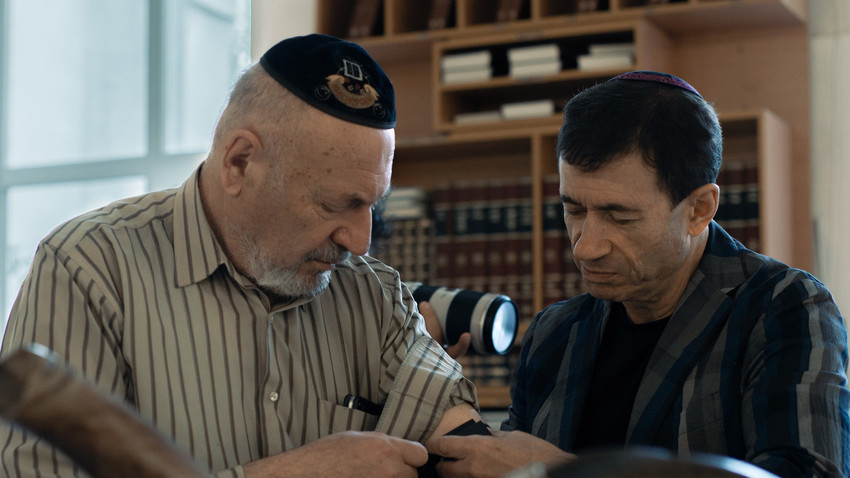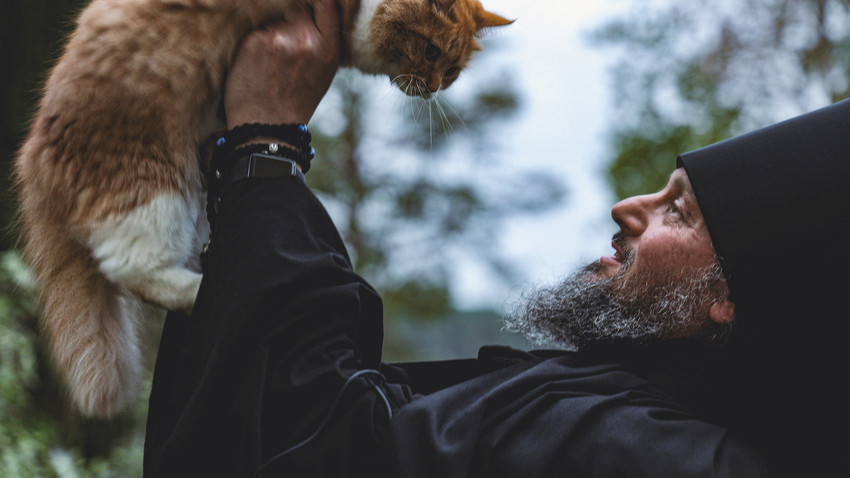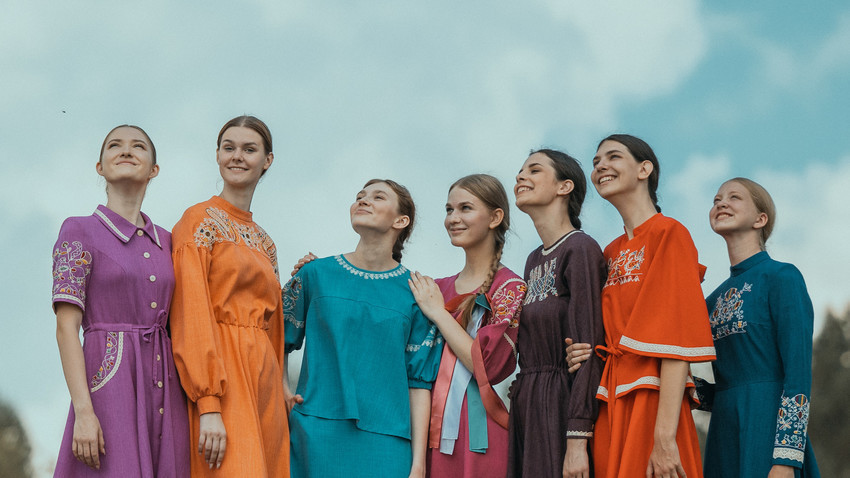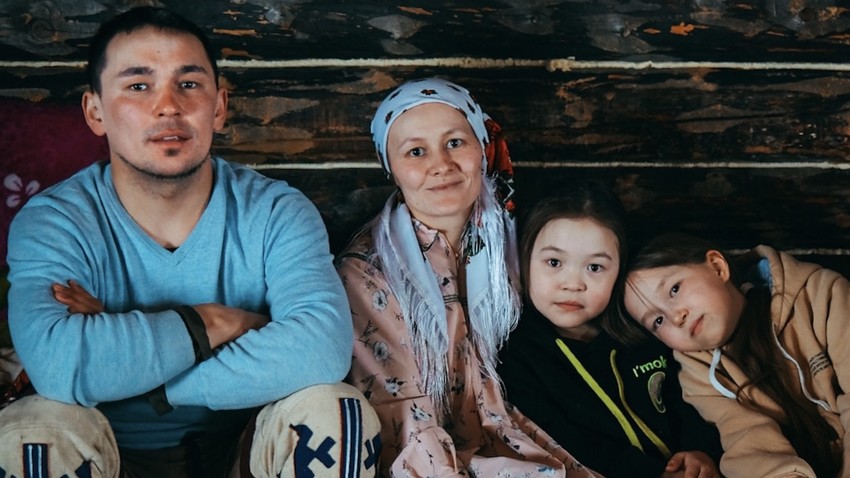Visit the Moksha
Mordovia (Republic)
The Staraya Terizmoga cultural center has amassed a collection of no fewer than 100 folk songs and 900 ornaments - when it comes to recreating almost completely lost traditions, every detail is no less important than in the Moksha folk costume, complex and unique, which, by the way, is also can be seen here.
You need to go to Old Terizmorga to take a break from the city and learn something new, for example, weave a traditional colorful sash using wooden planks or take part in a Moksha embroidery master class.
As a bonus, you can drink tea and try the famous thick pancakes straight from the oven! Pancakes, by the way, are not easy: they are made from millet flour or even porridge, so even those with gluten intolerance can eat them.
How to visit the Moksha
There’s a Center for Moksha Culture in Staraya Terizmorga, where master classes in embroidery, weaving of beauty accessories with local cultural motifs, making straw lapti and other traditional crafts are held. Here you can also listen to the Moksha folk choir - highly recommended!
Near the Center there is an ethnographic museum - a real Moksha hut, recreating the life of a peasant family. The villagers are very proud of it and are happy to say that Vladimir Putin drank tea with pancakes at the table in the museum back in 2008.
You can get to Mordovia from Moscow either by car (along the M5 highway or via the Volga highway and the M7 highway) or by train: in both cases, the journey will take about 8-10 hours. The fastest way to get there is, of course, by plane: just an hour and a half - and you are in Saransk.
The journey by car to Staraya Terizmorga will take about an hour. It’s not easy to get to the village on your own: you need to get the No. 237 ‘Saransk-Rassvet’ minibus and get off at ‘Staraya Terizmorga’. Don’t forget to check the schedule though. And if you’d like a simpler option, you can contact the tourist office and purchase tickets for a bus tour.
Mordovians, Moksha, Erzya - who is who
Despite the fact that the indigenous peoples living in Mordovia are often called ‘Mordovians’, neither Moksha nor Erzya use this collective name in relation to themselves.
Erzya and Moksha are two different Finno-Ugric sub-ethnic groups living in neighboring territories. Their languages have much in common, but phonetically, lexically and grammatically they differ so much that their speakers do not understand each other. By the way, both Moksha and Erzya are the official languages of the Republic of Mordovia along with Russian.
Moksha, or Mokshans, inhabit mainly the western part of Mordovia. In addition, the Moksha population is also found in the Penza, Ryazan and Tambov regions and even in Altai. They also comprise the Qaratay - Moksha who live in Tatarstan and speak Tatar with a mixture of Mokshan.
The Erzyans live mainly in the east of Mordovia, as well as in the Nizhny Novgorod and Penza regions. Among the Erzya, there are also two more sub-ethnic groups: the Shoksha, who were greatly influenced by the Moksha culture, and the Teryukhans, now completely assimilated into the Russian population.



